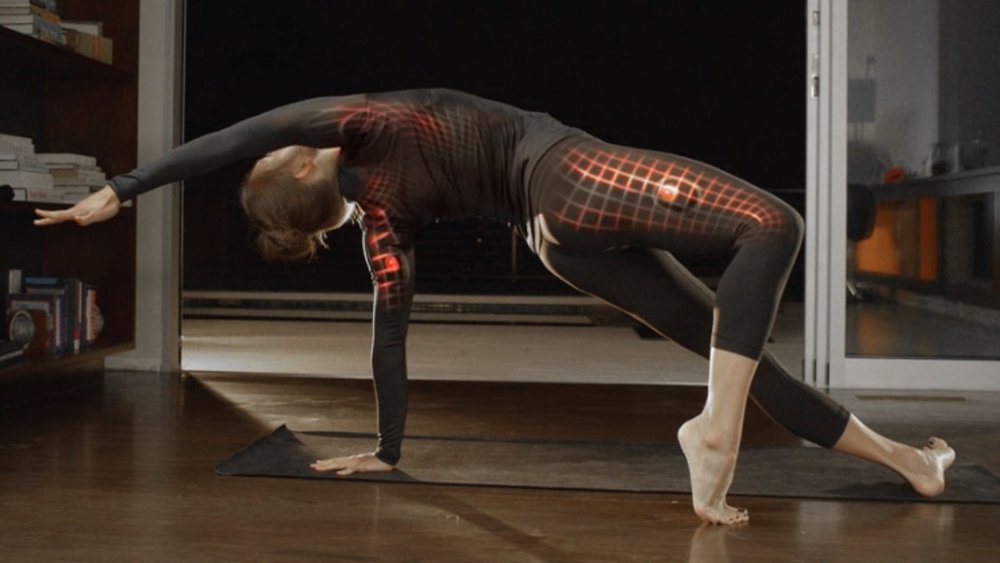Apple has filed for two more patents related to fabric, which makes me thing the tech giant is at least considering “smart” clothing and even “smart” furniture. iWear, anyone?
In the patent filings, Apple says it may be desirable to incorporate electrical components into furniture, clothing, and other items from materials such as fabric to provide enhanced functionality. However, Apple notes that it can be challenging to incorporate electrical components into a fabric-based item.

Fabric is flexible, so it can be difficult to mount structures to fabric. Electrical components must be coupled to signal paths, but unless care is taken, signal paths will be damaged as fabric is bent and stretched. Apple is working on solutions.
This could open up several interesting possibilities. Tomorrow’s super-powered clothing might include garments that can recharge your smartphone and more. For instance, electronics could get recharged in the future simply by plugging them into your outerwear. Australian researchers have been working on clothing that can harvest energy from a person.
What’s more, underwear and sports uniforms could go weeks without washing thanks to self-cleaning fabrics developed by scientists working for the U.S. Air Force. (Of course, I’m not sure that I’d want to wear unwashed underwear for weeks at a time, but maybe that’s just me.)
Imagine an Apple-branded jacket that could power your iPhone. Or an Apple logo-ed running shirt that would match with your Nike + Apple kit and fight sweat stains. You’ve got Fruit of the Loom undies; why not Apple undies? Why not iWear?
Patent number 20190013275 is for “fabric-based items with electrical component arrays.” A fabric-based item may include fabric layers and other layers of material. An array of electrical components may be mounted in the fabric-based item.
The electrical components may be mounted to a support structure such as a flexible printed circuit. The flexible printed circuit may have a mesh shape formed from an array of openings. Serpentine flexible printed circuit segments may extend between the openings. The electrical components may be light-emitting diodes or other electrical devices.

Polymer with light-scattering particles or other materials may cover the electrical components. The flexible printed circuit may be laminated between fabric layers or other layers of material in the fabric-based item.
Patent number 20190013274 is for “fabric with embedded electrical components.” It involves a fabric-based item that may include fabric such as woven fabric having insulating and conductive yarns or other strands of material. The conductive yarns may form signal paths. Electrical components can be embedded within pockets in the fabric. Each electrical component may have an electrical device such as a semiconductor die that is mounted on an interposer substrate.
The electrical device may be a light-emitting diode, a sensor, an actuator, or other electrical device. The electrical device may have contacts that are soldered to contacts on the interposer. The interposer may have additional contacts that are soldered to the signal paths. The fabric may have portions that form transparent windows overlapping the electrical components or that have other desired attributes.
Of course, Apple files for — and is granted — lots of patents by the U.S. Patent & Trademark Office. Many are for inventions that never see the light of day. However, you never can tell which ones will materialize in a real product.
